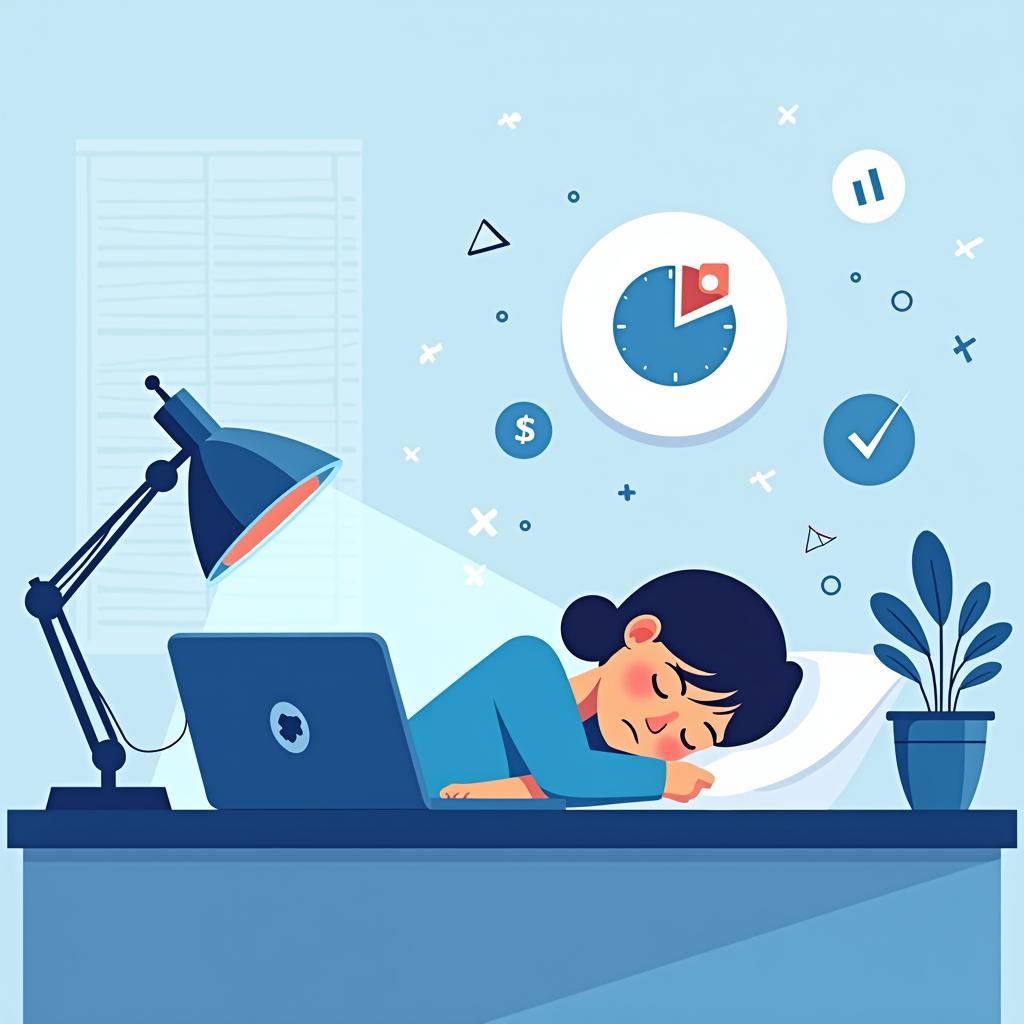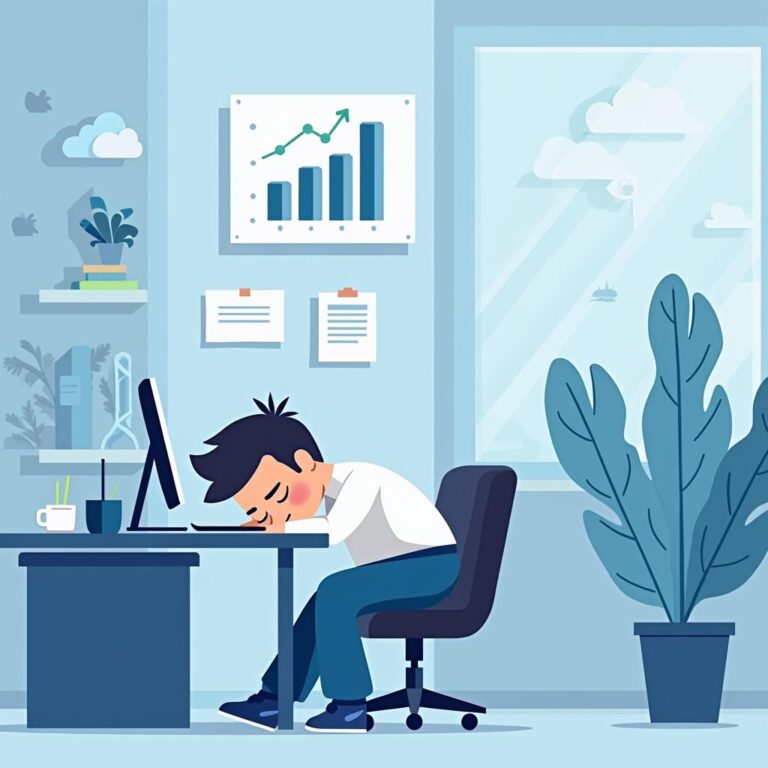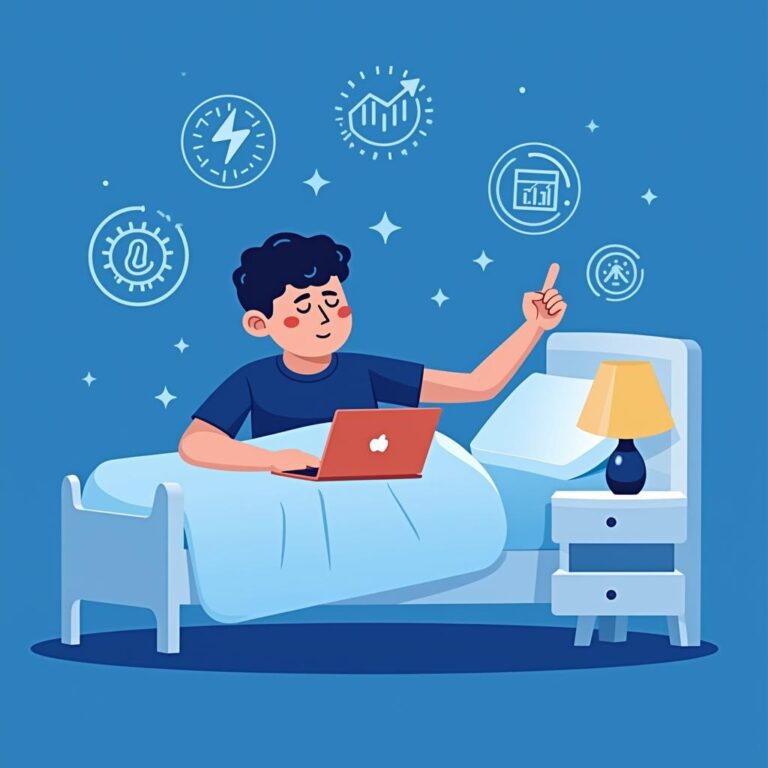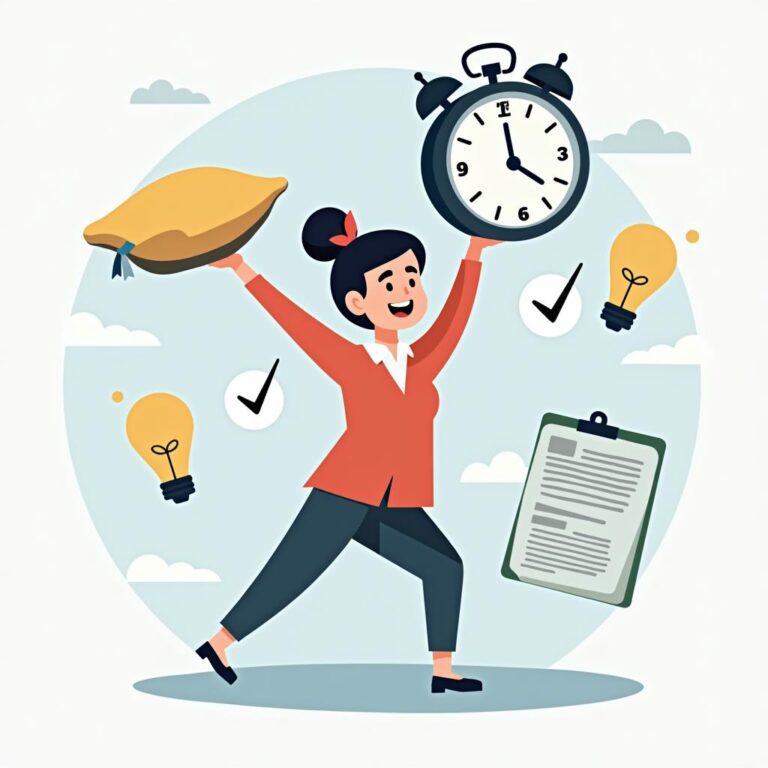In our fast-paced world, maintaining high productivity levels throughout the day can be a challenge. One effective strategy that many people overlook is napping. The right nap duration can play a significant role in enhancing focus, creativity, and overall performance. In this article, we will explore the best nap duration for productivity and how to maximize the benefits of your napping routine.
Understanding the Science of Napping
Naps are typically short periods of sleep taken during the day, often following a longer period of wakefulness. Sleep scientists categorize naps into several types based on their duration. Understanding these categories can help you choose the best nap duration for your needs.
- Power Nap (10-20 minutes): This short nap is ideal for a quick boost of alertness and energy. It improves cognitive function without leaving you groggy.
- Recovery Nap (20-60 minutes): When fatigue accumulates, a longer nap can help. This duration allows you to enter deeper sleep stages while still providing benefits without causing prolonged grogginess.
- Full Sleep Cycle Nap (90 minutes): This duration is sufficient to complete an entire sleep cycle, which includes both light and deep sleep. It can improve memory and creativity, making it excellent for those needing an intensive cognitive boost.
Finding Your Optimal Nap Duration
Determining the ideal nap duration varies from person to person based on a variety of factors including age, lifestyle, and sleep patterns. Here are some guidelines to help identify your optimal nap duration:
Assess Your Daily Schedule
Evaluate your daily routine to find a suitable time for a nap. Early afternoon, typically between 1 PM and 3 PM, is often the best time for most people due to the body’s natural circadian rhythms.
Monitor Your Energy Levels
Keep track of when you feel fatigued during the day. You might find that a short nap improves your productivity post-lunch slump. Experiment with different durations to determine what rejuvenates you best.
Listen to Your Body
Your body’s response to napping is a crucial indicator. If you often wake up feeling groggy after a nap, your nap may be too long. In contrast, if you wake up refreshed and focused, you’ve likely found your optimal duration.
Benefits of Napping
Incorporating naps into your daily routine can yield numerous benefits that contribute to overall productivity:
Improved Cognitive Function
Short naps can enhance alertness and concentration. Studies suggest that after a power nap, individuals often perform better on cognitive tasks, such as problem-solving and memory retention.
Creativity Boost
Naps can facilitate creative thinking by allowing your brain to make new connections. A well-timed nap may provide insights and novel solutions to ongoing projects when you wake up.
Stress Reduction
Taking a break to nap can help reduce stress levels. Short periods of rest are linked to lower cortisol levels, promoting a calmer mindset and allowing for more productive work sessions.
Physical Benefits
The best nap duration for productivity isn’t just about cognitive gains; it can also have physical benefits. Napping contributes to lowering blood pressure, improving heart health, and aiding in muscle recovery.
Maximizing Your Nap Experience
To reap the greatest benefits from your naps, consider the following tips:
Create a Restful Environment
Find a quiet, comfortable location to take your nap. If possible, block out light and noise to create an optimal sleep setting. Using an eye mask and earplugs can help enhance your napping experience.
Stay Consistent
Try to nap around the same time each day to condition your body to relax at that specific hour. Consistency helps reinforce your body’s internal clock, making it easier to achieve restful sleep.
Limit Caffeine Intake Before Napping
Avoid consuming caffeine within a few hours of your planned nap. While caffeine can provide a temporary energy boost, it can interfere with your ability to fall asleep and may affect the overall quality of your nap.
Emerging Gently from Your Nap
Set an alarm to ensure you don’t oversleep. Waking up gradually allows you to avoid the groggy feeling known as sleep inertia, especially if you take a longer nap.
Conclusion: Finding Balance Through Napping
Identifying the best nap duration for productivity can truly transform the way you approach your day. Whether you opt for a quick power nap or a longer restorative session, napping can enhance mental sharpness and creativity while reducing stress. As you implement napping into your routine, remain patient and flexible, experimenting with different durations until you find your sweet spot. Remember, the key to benefiting from naps is listening to your body and providing it with the rest it craves. Embrace the power of napping, and watch your productivity soar!







